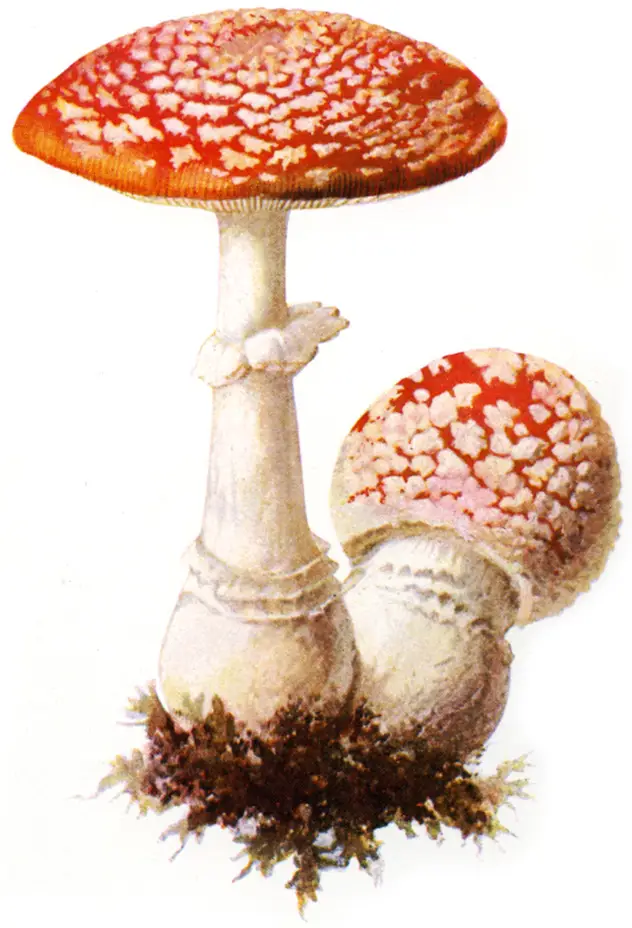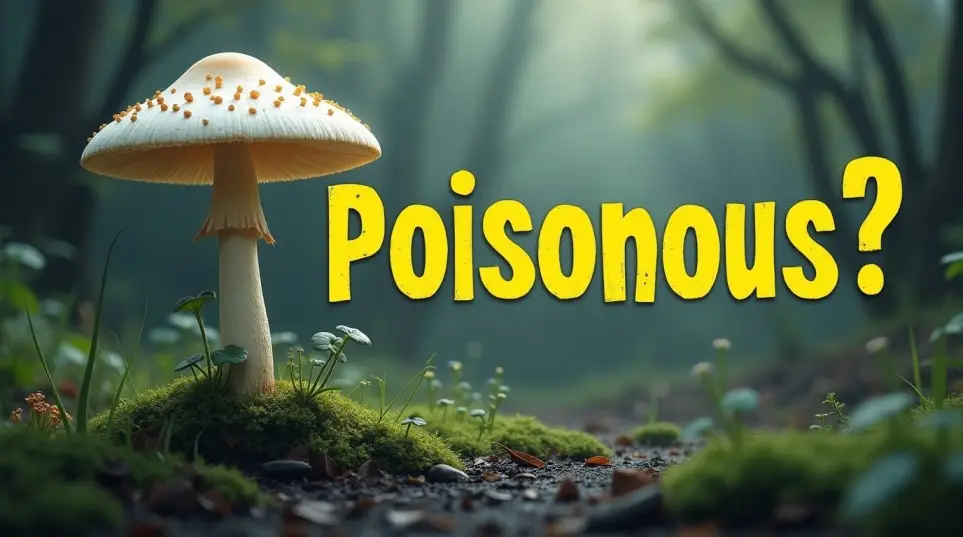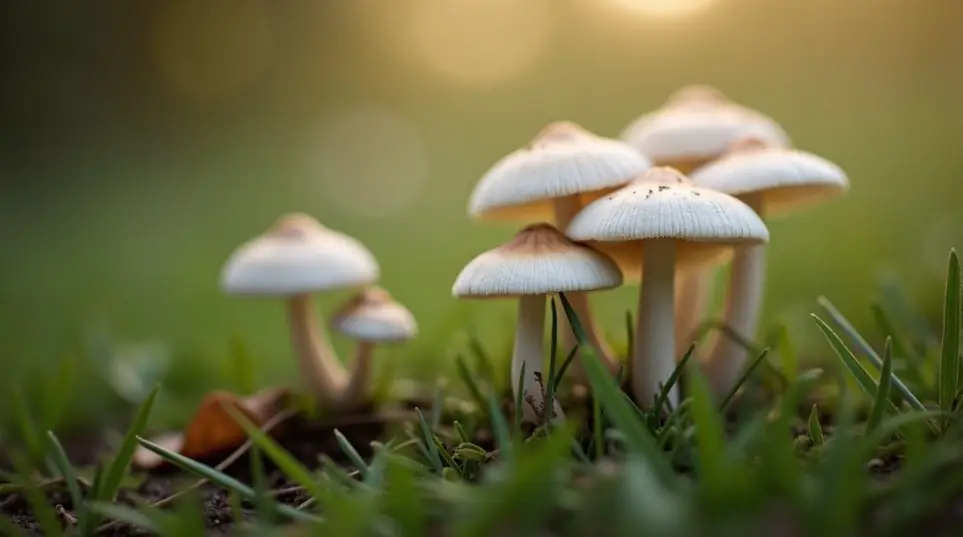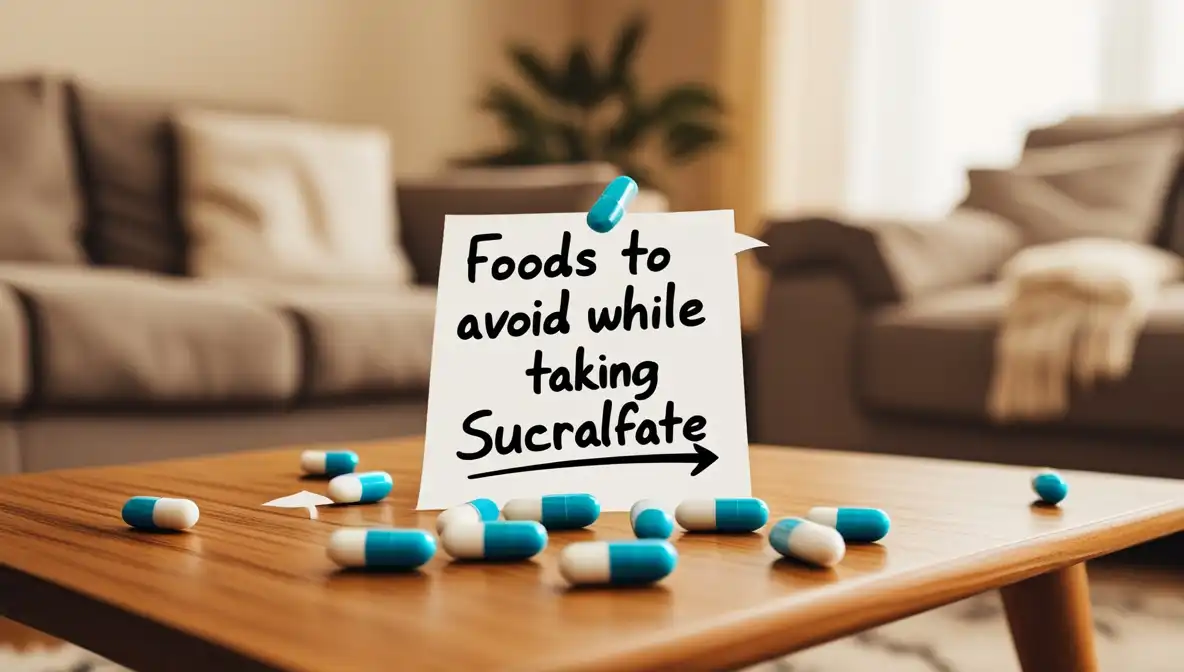White mushrooms popping up in your yard can be a curious sight. Are they harmful? Should you remove them? Or do they have a purpose? This comprehensive guide dives into everything you need to know about white mushrooms in yard, answering common questions like “Why are white mushrooms growing in my yard?” and “How can I tell if a mushroom is poisonous?” while offering practical advice on how to deal with them.
Why Are White Mushrooms Growing in My Yard?
White mushrooms in yard often appear due to a combination of specific environmental and soil conditions that support fungal growth. Mushrooms are actually the fruiting bodies of fungi, which thrive in moist, nutrient-rich soil. Their presence in your yard is often an indication of healthy soil with high organic matter, as fungi play a vital role in breaking down organic materials such as dead roots, leaves, and wood. When conditions such as warm temperatures, high humidity, and consistent moisture align, the fungi produce mushrooms as part of their natural reproductive cycle.
- Decaying Organic Matter: Fungi thrive on decomposing organic material. Suppose your yard has old tree roots, mulch, or other decaying matter. In that case, mushrooms may form as part of the natural decomposition process.
- Moisture-rich soil: Mushrooms love damp conditions. Poor Drainage or recent heavy rainfall in your yard creates the perfect environment for fungal growth.
- Healthy Soil: Ironically, white mushrooms can be a sign of good soil health. Fungi play a vital role in breaking down organic materials and releasing nutrients back into the soil.
- Shaded Areas: Mushrooms prefer low-light environments. Yards with dense tree cover or shaded spots are more likely to see fungal growth.
- Spore Spread: Mushrooms release spores that can spread through wind or water, leading to new growth in your yard.
Are White Mushrooms OK to Eat?
The question of edibility is one of the most common when spotting mushrooms in your yard. While some white mushrooms are edible, others are highly toxic, and distinguishing between them can be tricky. Here’s what you need to know:
- Edible Varieties: Certain white mushrooms, such as the common button mushroom (Agaricus bisporus), are safe to eat. However, these are usually cultivated and not found growing wildly in most yards.
- Toxic Varieties: Many white mushrooms look similar to edible ones but are poisonous. For example, the deadly Amanita species, often called “death cap” mushrooms, can easily be mistaken for edible types.

Common Misconceptions About Mushroom Safety
- Cooking Neutralizes Toxins: This is false. Cooking does not eliminate toxins in poisonous mushrooms.
- Animals Can Eat Them, So They’re Safe: This is not true. Some mushrooms are toxic to humans but harmless to animals.
Pro Tip: If you’re not a mushroom expert, avoid eating any mushrooms found in your yard.
What Are Big White Mushrooms?
Big white mushrooms in your yard might belong to various fungal species. Some of the most common include:
- Amanita Species: These are large, white mushrooms often found in wooded areas or near trees. They are known for their toxic properties. A typical example is the destroying angel (Amanita bisporigera), which is highly poisonous.
- Leucocoprinus Species: These mushrooms often grow in lawns and gardens. While some species are harmless, others are mildly toxic.
- Parasol Mushrooms: These are edible but have toxic lookalikes. Parasol mushrooms are characterized by their large, umbrella-like caps. However, confusing them with poisonous species like the false parasol (Chlorophyllum molybdites) can be dangerous.
If you’re trying to identify a specific mushroom species, consider using a mushroom identification app, consulting a mycologist, or joining local foraging groups.
How Can I Tell if a Mushroom Is Poisonous?

Identifying whether a mushroom is poisonous can be challenging, even for seasoned foragers. Here are some general tips:
- Look for Distinctive Features: Poisonous mushrooms often have distinct features, such as a bulbous base, white gills, or a ring around the stem.
- Avoid All White Mushrooms: Many toxic mushrooms are white, making them particularly dangerous to consume.
- The spore Print Test involves placing a mushroom cap on paper to observe its spore color. While this test can help, it’s not foolproof.
- Smell Test: Some toxic mushrooms have a chemical-like or unpleasant odor, but this isn’t a reliable method.
- Consult a Guidebook: A mushroom field guide can provide detailed descriptions and images to help identify safe versus toxic species.
Symptoms of Mushroom Poisoning
If someone consumes a poisonous mushroom, symptoms can include nausea, vomiting, abdominal pain, and, in severe cases, liver failure. Seek immediate medical attention if mushroom poisoning is suspected.
Warning: When in doubt, don’t consume any wild mushrooms. The risks outweigh the benefits.
What Is the White Stuff Mushrooms Grow On?
The “white stuff” you see under or around mushrooms is called mycelium. Mycelium is the vegetative part of the fungus, consisting of a network of fine, thread-like structures called hyphae. Here are some key points about mycelium:
- Nutrient Absorption: Mycelium breaks down organic material in the soil, absorbing nutrients and aiding plant growth.
- Soil Health Indicator: The presence of mycelium is a sign of healthy, nutrient-rich soil.
- Fungal Network: Mycelium acts as a communication network for plants, allowing them to share nutrients and water.
- Wood Decay: If mushrooms grow on tree stumps or logs, the mycelium breaks down the wood fibers.
How to Kill White Mushrooms in Yard
If white mushrooms are an unwanted addition to your yard, there are several ways to remove them. Remember that killing mushrooms won’t eliminate the underlying fungi in the soil but can reduce their appearance. Here’s how to manage them:
1. Improve Drainage
Mushrooms thrive in damp conditions. Aerating your lawn and improving Drainage can make your yard less hospitable to fungi. Use a lawn aerator to break up compacted soil and improve water flow.
2. Remove Organic Debris
Clear your yard of decaying organic matter, such as leaves, mulch, and grass clippings, which serve as a food source for fungi. Replace old mulch with fresh, sterilized material.
3. Use Fungicides
Applying a lawn-safe fungicide can help reduce mushroom growth. Be sure to follow the product’s instructions carefully. Organic options like neem oil or baking soda solutions can also be effective.
4. Regular Lawn Maintenance
Mow your lawn regularly and keep it well-trimmed to reduce shade and excess moisture, encouraging fungal growth. Avoid overwatering your lawn.
5. Manual Removal
Pick mushrooms as soon as they appear. Wear gloves to avoid skin contact, and dispose of them in a sealed bag to prevent spore spread.
6. Adjust Soil pH
Fungi thrive in acidic soil. Applying lime to raise soil pH can make conditions less favorable for fungal growth.
Note: Removing mushrooms is a temporary solution, as the underground fungal network remains active.
The Environmental Role of White Mushrooms
While they may seem like a nuisance, white mushrooms play an essential role in the ecosystem. Here’s why they’re beneficial:
- Nutrient Recycling: Mushrooms break down organic matter, enriching the soil with essential nutrients.
- Soil Aeration: Fungi create channels in the soil, improving water and air circulation.
- Symbiotic Relationships: Certain fungi form partnerships with plant roots, enhancing plant growth and resilience.
- Wildlife Habitat: Mushrooms and their mycelium provide food and shelter for insects, animals, and other microorganisms.
If the mushrooms in your yard aren’t causing harm, consider leaving them be. They’re likely contributing to the overall health of your lawn.
Conclusion
White mushrooms in yard can be both a curiosity and a concern. By understanding why they grow, whether they’re safe to eat, and how to manage them, you can make informed decisions about their presence. While they may indicate healthy soil, unwanted mushrooms can be removed with proper lawn care practices. Remember, if you’re unsure about a mushroom’s toxicity, it’s always better to err on the side of caution.
Embrace the role of fungi in nature, but don’t hesitate to take action if they’re disrupting your yard. With the tips in this guide, you’ll be well-equipped to handle white mushrooms and maintain a healthy, vibrant lawn.









